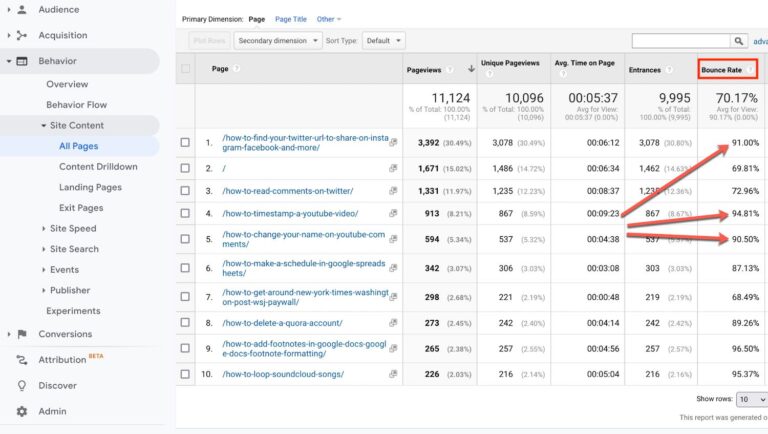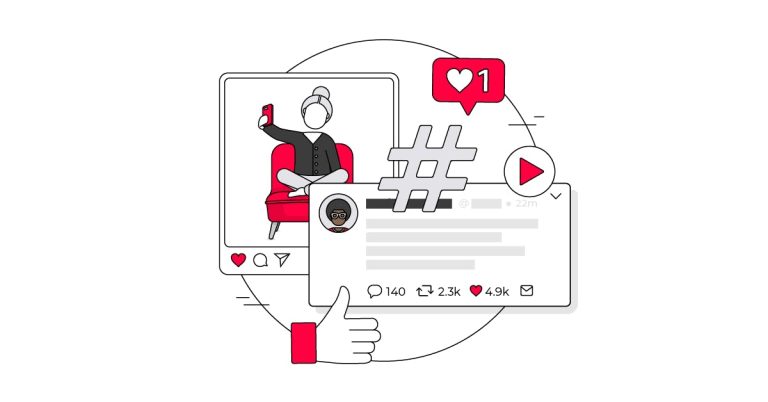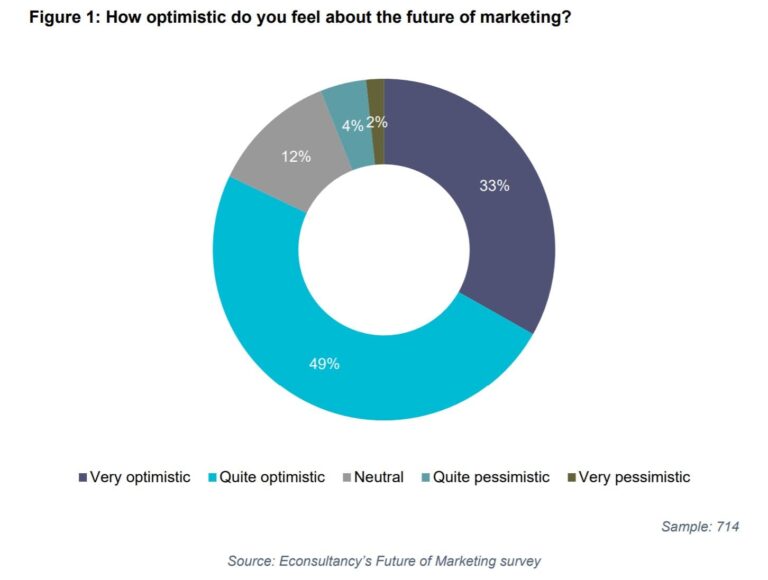Tesla also recently announced its plans to join GM to build ventilators and mask supplies.
Want to be a part of a meaningful project addressing the COVID-19 crisis? Check out any of the projects above or Help With COVID 19 — a clearing house for projects and volunteers that want to help with the COVID-19 crisis.
GISAID
Nextstrain is an open-source project that uses publicly available data to “aid epidemiological understanding and improve outbreak response”, in the evolution of viruses and bacteria, including the novel coronavirus. The project recently used the data shared on the GISAID platform to connect COVID-19 cases based on the genetic data. For the medical community, these open source projects mean scientists can quickly analyze genetic samples from patients from all over the world. The widespread sharing of data enables the medical community to move faster than ever to understand the virus and come with solutions to contain it and eventually cure it.
For the general population, these projects can be a source of comfort, because they rely on data from reputable sources. Don’t rush to interpret the news and jump to conclusions. Instead, take away the positive aspects of these initiatives. Thanks to many unsung Data Heroes, researchers are moving faster than ever, the rest of us are better informed, and breakthroughs are just around the corner. Hope lives on!
— Trevor Bedford (@trvrb) March 4, 2020
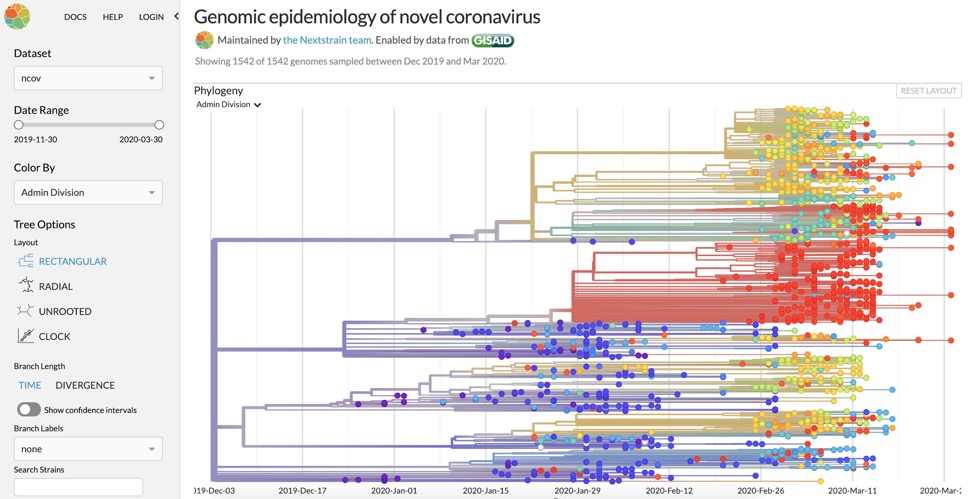
Thanks to rapid global data sharing of #SARSCoV2 genomic data via https://t.co/tbVb4MAGpy, we can reconstruct large and small scale patterns of #COVID19 spread. This is a thread discussing this intersection of large and small. 1/7
GitHub
This data repository was created to support new projects and is led by the Johns Hopkins University Center for Systems Science and Engineering (JHU CSSE).
At the time of writing this article, here are some of the projects that are taking the lead:
1. COVID-19 – 2019 Novel Coronavirus COVID-19 (2019-nCoV) Data Repository
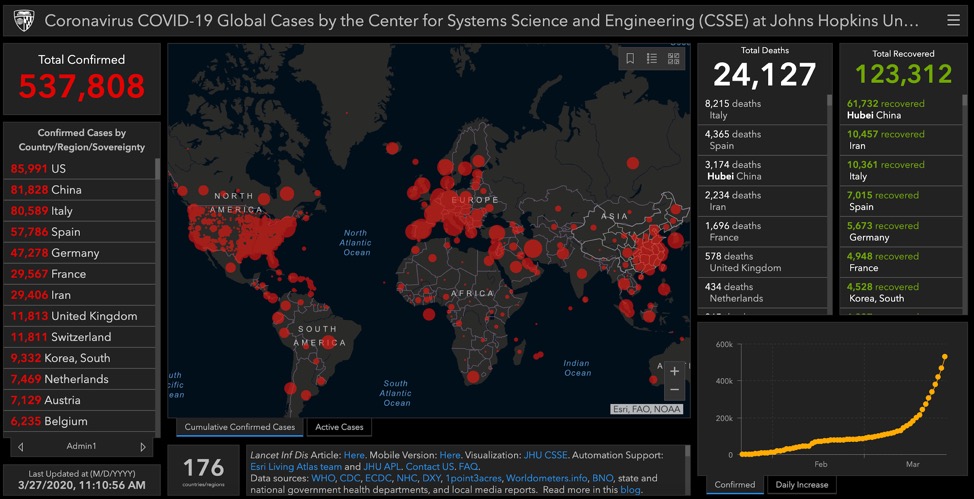
Another major initiative on GitHub that provides COVID-19 data, in tabular format, directly in the command line, and allows for refined queries.
Developed by Predictive Healthcare @ Penn Medicine, the CHIME application simulates contagion during the COVID pandemic. It uses data like the number of daily hospitalized patients, ICU admissions, patients requiring ventilation, to allow hospitals and health departments to plan and organize their capabilities and resources.
Any researcher from anywhere in the world can post or download the genomic data about the virus from this platform. Making this information available online and allowing new data to be added from all over the world provides key information about how the virus spreads and mutates.
The novel coronavirus outbreak sparked an unprecedented response from the tech community.
2. CHIME – The COVID-19 Hospital Impact Model for Epidemics
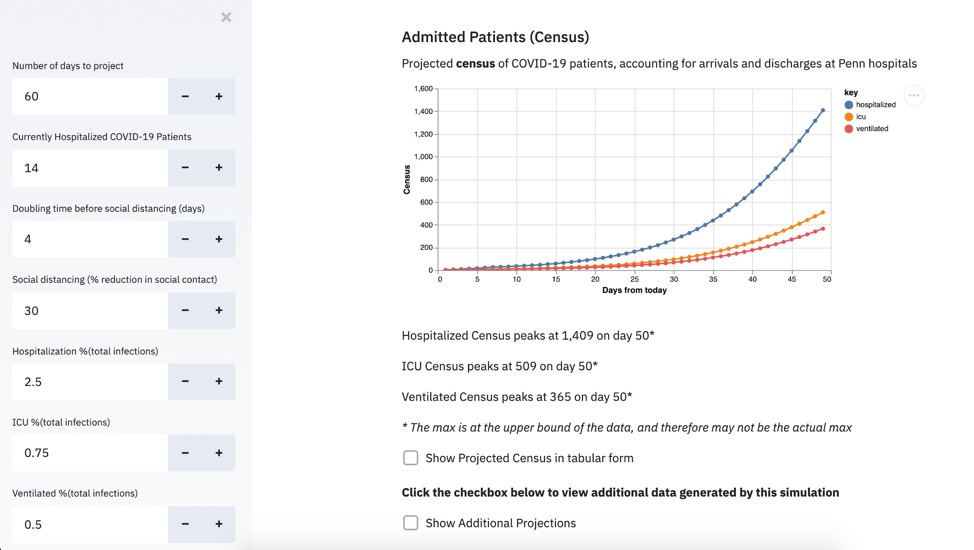
The project includes an app meant to:
3. Open COVID-19
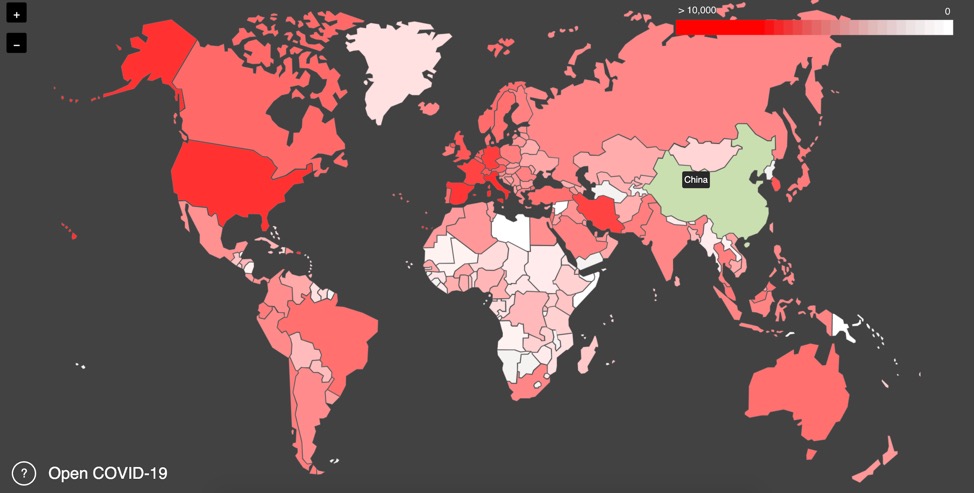
The list above is not exhaustive. More amazing open source projects are coming to life every day. People from all over the world are teaming up to wage war against one common “enemy”. This transparency and collaboration is a beautiful thing to witness and is truly unprecedented in human history!
4. COVID-19 Scenarios
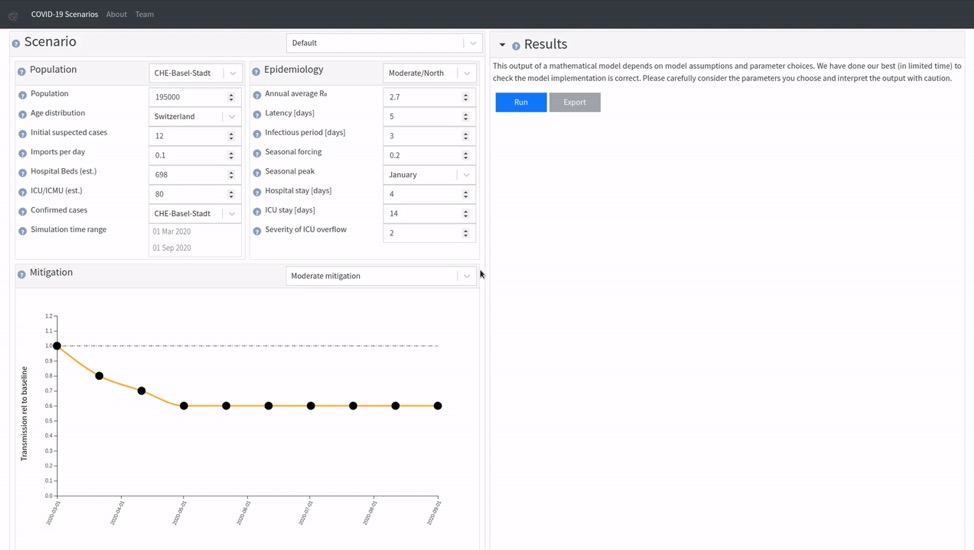
WhatsApp announced the launch of a Coronavirus Information Hub, in collaboration with WHO, UNICEF and UNDP, to provide guidance to healthcare professionals, educators, local businesses, nonprofits and local governments that use the app to communicate.
5. corona-cli
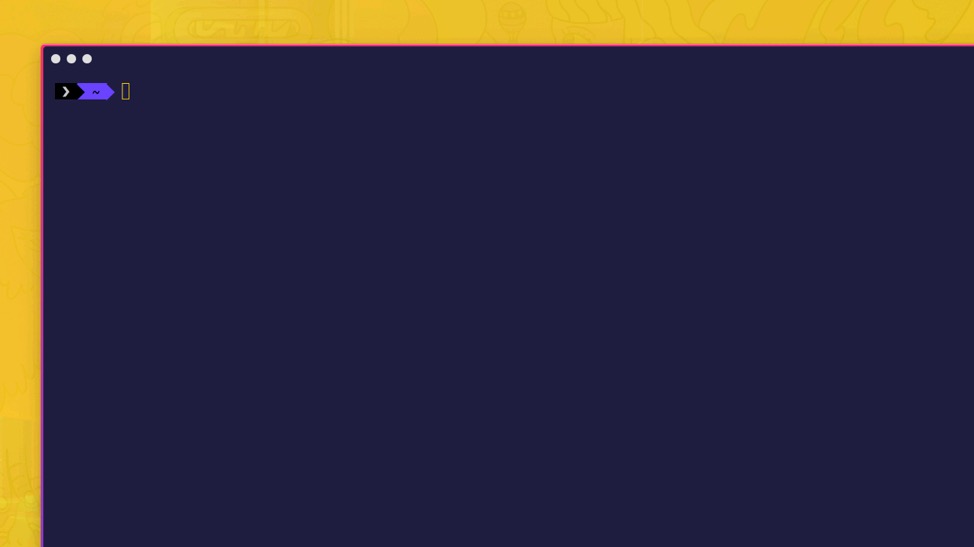
Achim Steiner, from the United Nations Development Programme (UNDP), declared that “Getting up to date information about COVID-19 to local communities around the world is a critical piece of the international community’s efforts to stem the spread of the virus. (…) Partnerships with private sector companies like WhatsApp will help get this vital, real-time information from the World Health Organization and local health officials to billions of users around the globe.”
6. COVID-19 detector using Computer Vision and Deep Learning
Big tech is also very active in the fight against the virus. Elon Musk and Tesla recently donated 50,000 N95 masks and PAPR helmets to UW Medicine in Washington.
Still in development is another project proposing an “open source, low cost, low resource, quick deployment mechanical ventilator design that utilizes an Ambu-bag as a core component”.
- Detect alarm signs
- Relieve the load of the healthcare system by redirecting the low risk patients to sites with reliable information about health care and redirect the high-risk patients to the closest medical facility.
- Serve as generators of real-time information.
- Keep close links with healthcare authorities and generate useful epidemiological information.
7. Hardware Project – CITI – OpenLung

Google’s DeepMind AI, particularly the AlphaFold system, has been deployed to study the COVID-19 protein structures and hopefully cut the spread of the virus.
This project is inspired by the Johns Hopkins dataset and contains historical data related to the spread of the virus worldwide. It is used to generate maps and charts, highlighting the most affected regions in the world.
One of these data heroes, called GISAID (an initiative led by the German Government), is hosting the SARS-CoV-2 genomic data. In other words, the genome of the novel virus is now open source for anyone to download and research in hopes that new solutions would be brought forward.
Big Tech Contributors
Still in its inception, this project is meant to help diagnose COVID-19 in chest x-rays. The AI model is still being developed with the help of a large group of specialists from the open source AI and medical community. This project provides datasets that are used by many other amazing projects (including the ones below), spreading vital information useful in the “war” against the coronavirus.
Another platform where coronavirus-related projects are posted daily is Github.
The idea is for anyone to be able to download the plans from the OpenLung project and build a ventilator. Before you start building one though, know that this project is still in progress and the safety of this hardware is still to be tested!
Open source projects related to COVID-19 have been popping up from all over the world, meant to not only help spread vital information to the world, but also contribute to ongoing clinical research.
Why Do All These Projects Matter?
The team behind the project published the materials and steps required to build DIY ventilators. The project’s goal is to help develop an accessible and safe ventilator to be used by medical professionals.
Initiated by the research group of Richard Neher at the Biozentrum, University of Basel (Basel, Switzerland), this project helps generate outbreak projections. Similar to Penn Medicine’s project, COVID-19 projections use the SIR (Susceptible, Infected, Recovered) model, a modeling technique, to measure the strain of the outbreak on the medical system and propose mitigation solutions. This project uses population, epidemiological, and clinical parameters to determine the likely course of evolution for COVID-19 cases.
It provides time-series data for COVID-19, and the data is aggregated from multiple reliable sources, including international and national health organizations like:
World Health Organization (WHO), DXY.cn, BNO News, National Health Commission of the People’s Republic of China (NHC), China CDC (CCDC), Hong Kong Department of Health, Macau Government, Taiwan CDC, US CDC, Government of Canada, Australia Government Department of Health, European Centre for Disease Prevention and Control (ECDC), Ministry of Health Singapore (MOH), Italy Ministry of Health, 1Point3Arces, and WorldoMeters.




